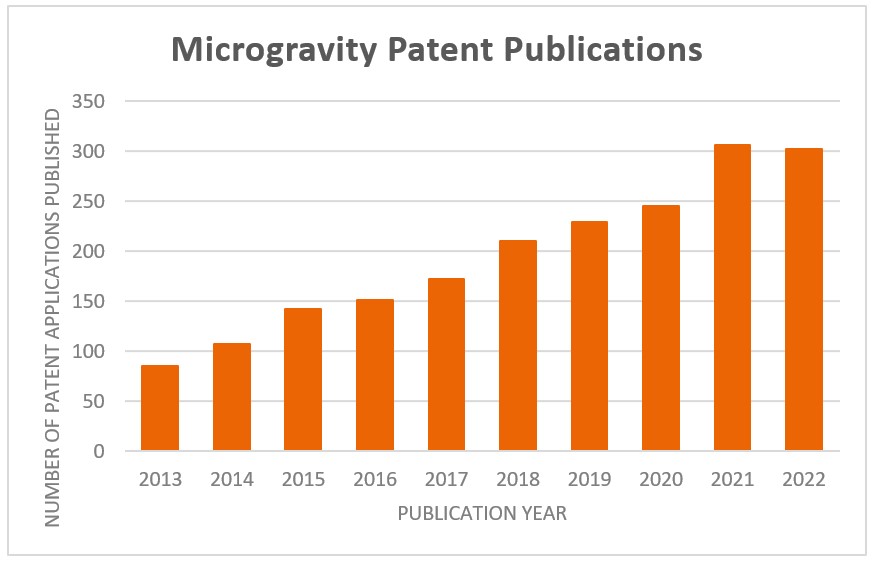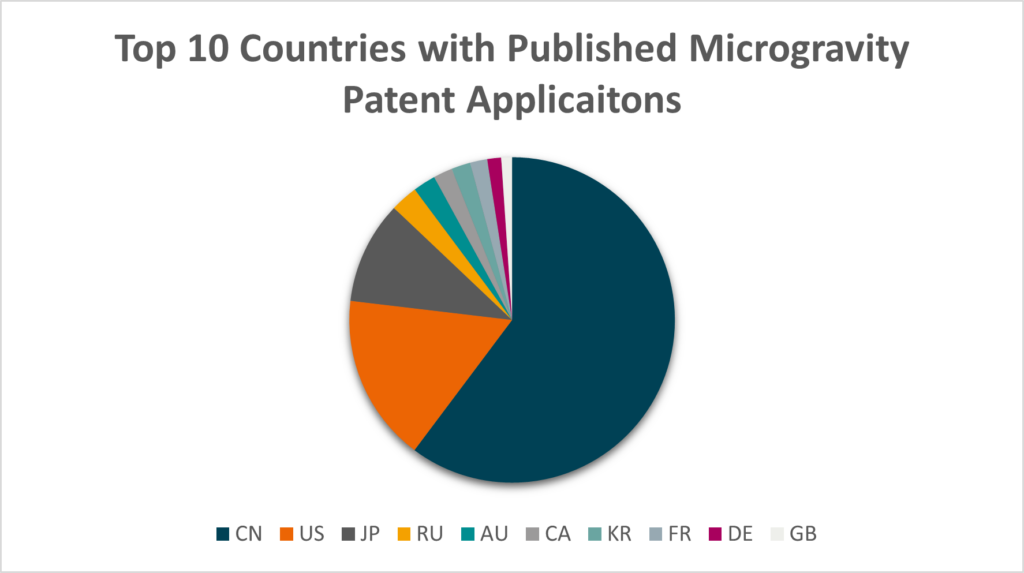02/05/2023
Space is a nascent sector in which new opportunities for growth are uncertain. However, space is becoming increasingly accessible. The cost per kilogram (cost/kg) to reach low earth orbit in the 1980s was greater than $50,000. Today advances in technology have reduced the payload cost to below $3,000 per kilogram. Launch vehicles under development, like the SpaceX Starship, may allow for even further reductions in cost.
With the advent of more affordable space launches, a growing number of companies are looking to space to gain an edge. One interesting area is manufacturing. In space, the phenomena of microgravity can be utilised to perform processes that are complicated or impossible in Earth’s atmosphere under the effect of gravity. A state of microgravity can be achieved in low earth orbit.
There are a number of additional benefits of manufacturing in low-earth orbit including: a natural vacuum, no contamination, and an extreme temperature range. These features may give rise to improved or completely new manufacturing processes.
Although the cost to get to space is continuingly reducing, it is still relatively expensive. To offset the high costs, products that are manufactured in microgravity must be of high value and be produced at a substantial enough volume so the cost per unit for each journey is minimised.
In 2022, McKinsey reported there are four industries that may utilise microgravity by collaborating with the space industry to manufacture products and components. These are: pharmaceuticals, beauty and personal care, semiconductors, and food and nutrients. Of these four, pharmaceuticals currently show the most promise.
The pharmaceutical industry spends about $280 billion annually on R&D and $80 billion working with contract research organisations. If space companies continue to show the potential for value, they may eventually capture some of this funding. 3D printed organs are an example of what is capable in microgravity. Bioprinters are already known in the industry but they fall short for more complex systems like organs. The difficulty arises in printing the vascular networks themselves, which collapse under the force of gravity.

The above graph illustrates the number of patent publications that include microgravity in the abstract, claims or title. The once niche area of microgravity is beginning to be taken more seriously, as indicated by the general increase in patent publications relating to microgravity each year. The increase in microgravity related publications can be attributed to the continuing reduction in the cost/kg of payload to space and advances in technology relating to advanced manufacturing.

A breakdown of the top 10 countries with published applications relating to microgravity shows that China and America are leading the way in this technology. This is to be expected as they launched 151 of the 186 launches worldwide in 2022. Currently, the filing strategy of microgravity related patents is to file in space faring countries; all of the top 10 countries shown in the chart above are in the table of 16 Space Agencies Capable of Completing Space Launches (2022) created by the World Population Review.
In 2021, the UK government published the UK’s first ever National Space Strategy, setting out the governments ambitions for the UK in space. The first goal identified in the strategy is to grow and level up the UK space economy. Perhaps with this new government strategy, the UK will gain a bigger portion of the chart and become a bigger player in the space industry.
However, companies looking to protect inventions relating to microgravity may encounter some difficulties, as patent law relating to space is complicated and obscure. Patents are territorial rights, allowing the proprietor to stop third parties from implementing the invention within the country in which they have a patent. How does this apply to space inventions? Particularly, how does this apply to method patents, where the protected method occurs entirely in space?
These questions will be explored in a subsequent blog, where I will look into how terrestrial patent law must work in conjunction with the Outer Space Treaty (OST) and how similar issues with protecting inventions in international waters and international airspace may provide an insight into how space related patents can be dealt with.
At Reddie & Grose, we have the specialist knowledge and experience to draft meaningful and commercially useful patents for our clients, taking into account an understanding of how and where inventions are to be deployed, as well as a detailed understanding of the underlying technical concepts.
This article is for general information only. Its content is not a statement of the law on any subject and does not constitute advice. Please contact Reddie & Grose LLP for advice before taking any action in reliance on it.



